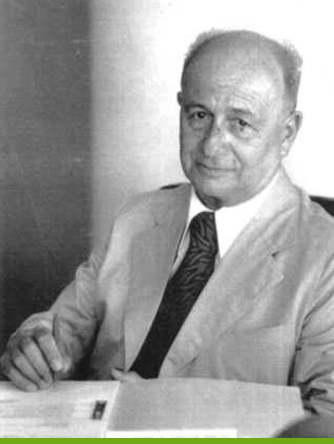Related
Pinkillo: musical instrument of Bolivia
The pinkillo also means “flute”. The pinkillo is a flute that is found all over the Andes that are used primarily in Peru, Chile, Argentina and Bolivia and usually played with one hand leaving the o...
Manguerito: musical instrument of Bolivia
The manguerito is a stringed musical instrument slightly different from the Andrea charango. This instrument is invented by Ernesto Cavour who is from La Paz, Bolivia with the intention of making th...
Post a Comment Default Comments Facebook Comments






























Follow Us
Hot in weekRecentComments
Hot in week
-
The samphor is a small barrel drum that comes from Cambodia. The instrument has two heads and is played with the use of both hands. The pl...
-
Franziska Weisz was born on the 4 th May, 1980 in the city of Vienna; she is an Austrian actress. She casted in the movie of the country ...
-
The sralai is a wind musical instrument that is used in the pinpeat of Cambodia. It increased fourfold reed is produced of palm leaf and t...
-
The biwa is a short-necked fretted lute from Japan. The musical instrument is often used in narrative story telling. The musical instrumen...
-
The ching are small bowl-shaped finger cymbals that are made of thick and heavy bronze and with a broad rim. The musical instrument is nor...
Recent
Adonias Aguiar Filho
Adonias Aguiar Filho was born on the 27th November 1915; he died on the 2nd August 1990. He was a Brazilian writer and a novelist. He was a member of the Academia Brasileira de Letras. source of...
Afonso Henrique da Costa Guimarães
Afonso Henrique da Costa Guimarães known with the name Alphonsus de Guimaraens was born on the 24th July 1870 in the city of Ouro Preto; he died on the 15th July 1921. He was a Brazilian poet. s...
Ana Cristina César
Ana Cristina César was born on the 2nd June 1952; she died on the 29th October 1983. She was a Brazilian poet and a translator from the city if Rio de Janeiro. She came from the middle-class protest...
André de Leones
André de Leones was born in the year 1980 in the city of Goiânia; he is a Brazilian novelist. He was born in Goiânia and he grew up in Silvânia, in the inner state of Goiás. He often adds the name o...
Antônio Augusto de Lima
Antônio Augusto de Lima was born on the 5th April 1859; he died on the 22nd April 1934. He was a Brazilian journalist, poet, musician, magistrate, a jurist, a professor and a politician. source ...
Comments
abdul:
https://bambusaarundinacea.blogspot.com/2013/08/bambusa-arundinacea-vamsah-venuh-thorny.html?showComment=1649834572774#c2561350977086625707
Shad Music Academy:
Thanks for sharing this valuable information with us. For more info visit: Shad Music Academy
Shad Music Academy:
Thanks for sharing this valuable information with us. For more info visit: Shad Music Academy
cd'holikas:
Ši informacija man labai naudinga ir svarbi ...Pirkti Rock CD InternetuKur Nopirkt Mūzikas CD
Text Widget
In the business of today\s music industry, referencing the past and understanding the present is necessary to ensure continued success of the industry. This is the main reason why Worldhitz Entertainment decides to develop a compilation of music events as it relates to what has happened, what is happening and what will happen.
Worldhitz Entertainment functions under the corporate goal of “developing the encyclopedia of music information,” with a supporting vision of becoming the world’s mod reliable website for music information.
Your visit is definitely important to us. Feel free to contact us with any feedback




.jpg)



